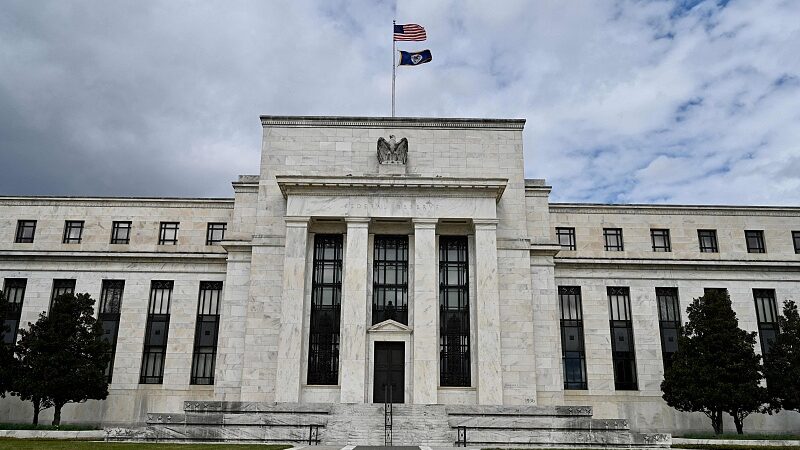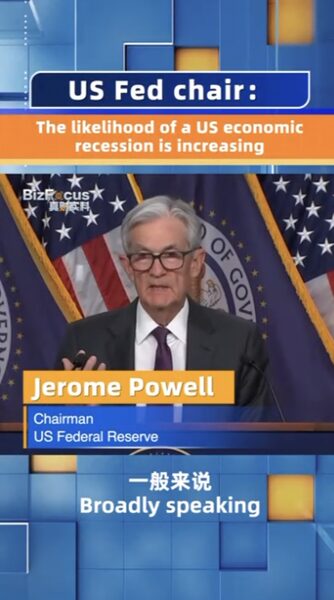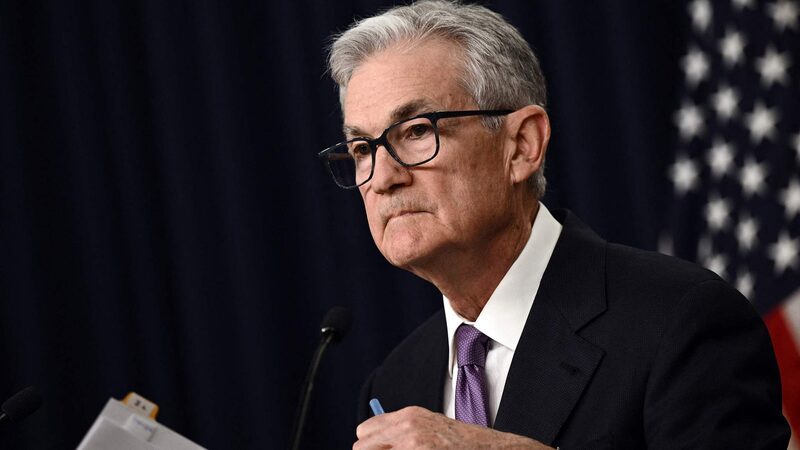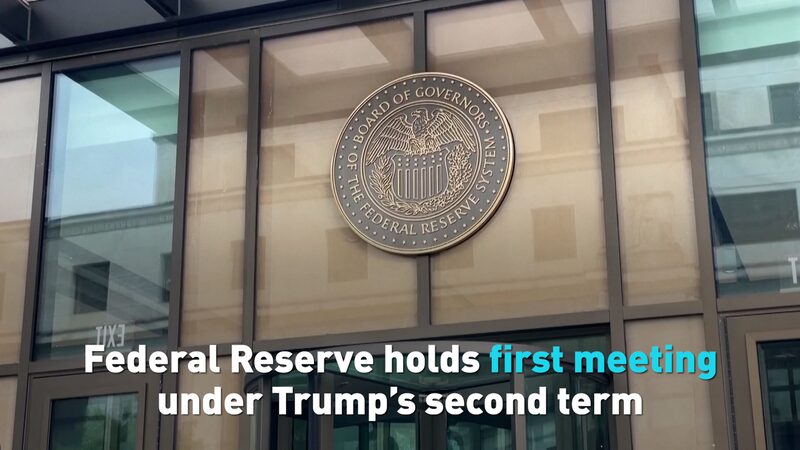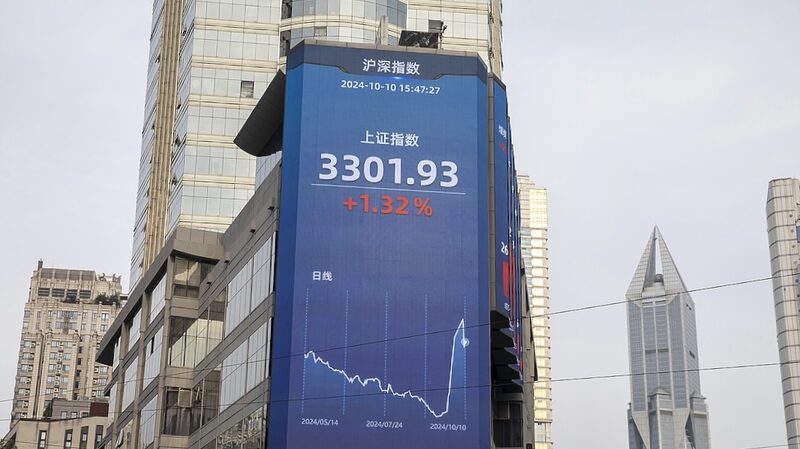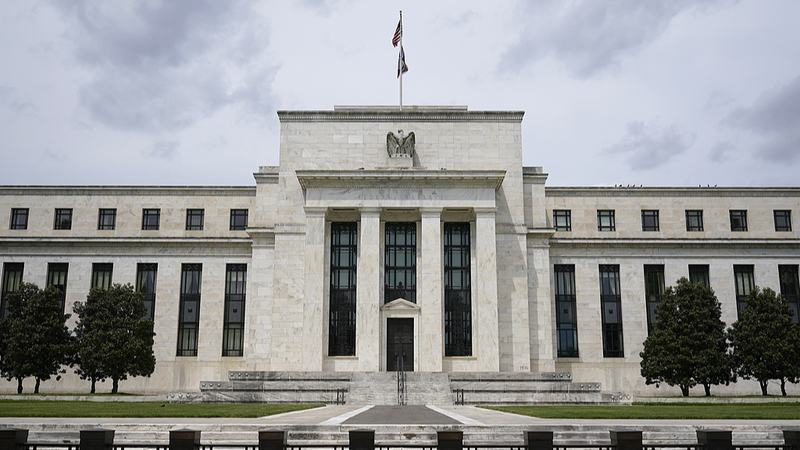The United States Federal Reserve has announced its decision to keep its benchmark interest rate steady at a range of 5.25% to 5.50%, the highest level in 23 years. This move continues the policy initiated in March 2022 aimed at curbing inflation, which has seen a series of rate hikes over the past year.
Federal Reserve Chair Jerome Powell indicated that the decision to maintain the current rate stems from insufficient evidence that inflation is consistently moving towards the Fed’s 2% target. Despite earlier projections of multiple rate cuts this year, the Federal Open Market Committee (FOMC) now suggests there may be only one more rate cut in the near future.
While the robust performance of the U.S. economy, particularly a strong labor market, allows the Fed to prolong higher interest rates without immediate domestic repercussions, the global economy tells a different story. Emerging markets and developing economies are facing significant challenges as a result of this monetary policy stance.
Currency Depreciation Across the Globe
As the U.S. dollar strengthens due to higher interest rates, many currencies around the world are depreciating in value. Bloomberg’s analysis indicates that approximately two-thirds of 150 tracked currencies have weakened against the dollar. For countries that peg their currency to the dollar or rely heavily on imports priced in dollars, this depreciation increases the cost of imported goods, reduces purchasing power, and can lead to inflationary pressures domestically.
Liquidity Challenges in Emerging Markets
The Fed’s hawkish policy has also led to significant capital flows into the United States, draining liquidity from other economies. According to the Bank for International Settlements, global credit in U.S. dollars to non-U.S. borrowers declined by $87 billion in the fourth quarter of 2023, dropping the outstanding amount to just below $13 trillion.
Emerging markets are particularly vulnerable to these shifts. A World Bank study suggests that increases in U.S. interest rates can dampen investor sentiment in these economies, leading to reductions in investment and consumer spending. The increased cost of servicing U.S. dollar-denominated debt adds further strain, especially for countries with significant trade deficits like Brazil, Turkey, and South Africa.
Rising Debt Burdens and Fiscal Constraints
As the value of local currencies falls against the dollar, repaying dollar-denominated debt becomes more burdensome. Nations are often compelled to raise their own interest rates to prevent capital outflows, which can slow economic growth and limit governmental fiscal flexibility. The widespread use of the U.S. dollar in international transactions—accounting for nearly 90% of all foreign exchange dealings—amplifies these challenges.
While the Fed’s policy may align with domestic objectives, the international repercussions are significant. The persistence of high U.S. interest rates poses substantial obstacles to global economic recovery and threatens the financial stability of emerging markets and developing economies.
Reference(s):
The Fed's high interest rate decision constrains global economy
cgtn.com
